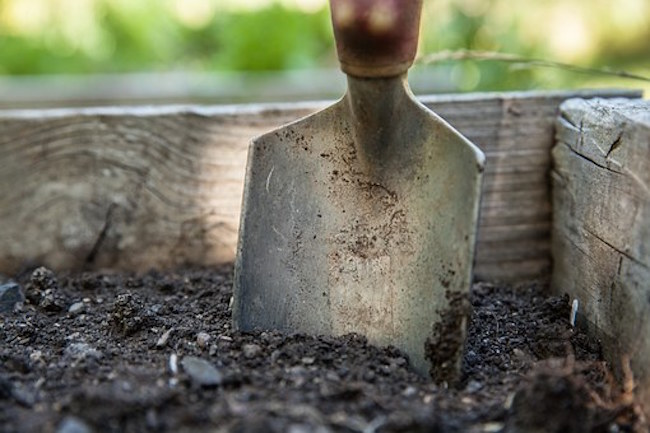Container Gardening: How to Grow Food With Limited Space by Jayne Rising for The Organic Prepper
Container gardening is ideal for those with little to no garden space. Even if you live in a condo or apartment and are limited to your patio, you can still produce many different vegetables.
Anything that can be grown in-ground can be grown in a container garden. This writer has grown potatoes, squashes, greens & herbs, pumpkins, cucumbers, and even tomatoes in containers. In this article, I’ll discuss the different types of containers I’ve used, what I like & don’t like about each, and what’s best suited to grow in each type.
Cloth bags
Cloth bags for container gardening come in various sizes, from 10 to 45 gallons. They are marketed as potato bags, smart pots, and some garden walls.
Smart pots are often made of stiff felt and used to give trees a home until conditions are right to plant them. I.e., warmer weather and soil temperatures.
Potato bags can be made of medium plastic or fabric. I use both for growing potatoes, although the larger bags are suitable for many things. Potato bags drain well, and my potatoes produce. But the plastic bags don’t last more than a season or two. Also, bags are more suited to indeterminate potatoes than determinants, but we work with what we have.
Garden walls are hanging pockets made of thick felt. The felt can better retain water and release it slowly to achieve ideal soil conditions.
Self-Watering containers
Self-watering containers, or SWCs, have a reservoir in the bottom that holds water. The water wicks up through the soil, keeping the plants from drying out and sparing the gardener having to water every day. The reservoir is filled via a small tube on the side. There’s usually an overflow option, allowing the container to be drained. Most that I’ve seen are made of heavy plastic, which I like. I’ve had my Earth Boxes for more than five years, and they survived a Wisconsin winter outside. That’s sturdy!
While I love the size and mobility of my Earth Boxes, I am not a huge fan overall. If I have a rainy summer, the soil never has a chance to dry, leaving my plants with wet feet. That, of course, leads to root rot, stunted growth, and low productivity. Gardeners in drier climates may have more use for these when container gardening. I drilled holes in the bottom to improve drainage. As of this writing, that’s an experiment in progress.
Stackable containers
Stackable containers tend to be smaller and allow for the use of vertical space. They’re more suited to greens and herbs in my experience. However they are a very viable option for container gardening in small spaces. There are many great options available—like this Happy Place Products garden tower or this self-watering one from Mr. Stacky.




